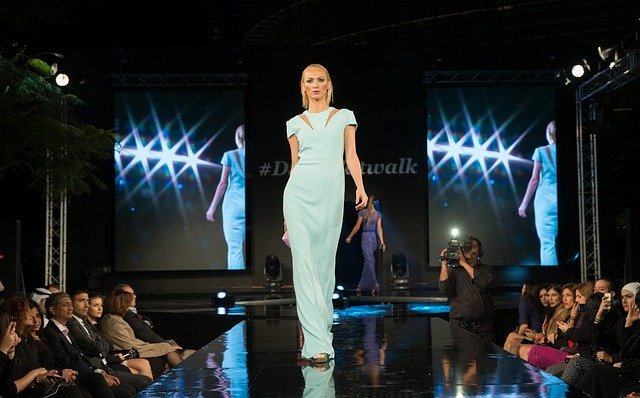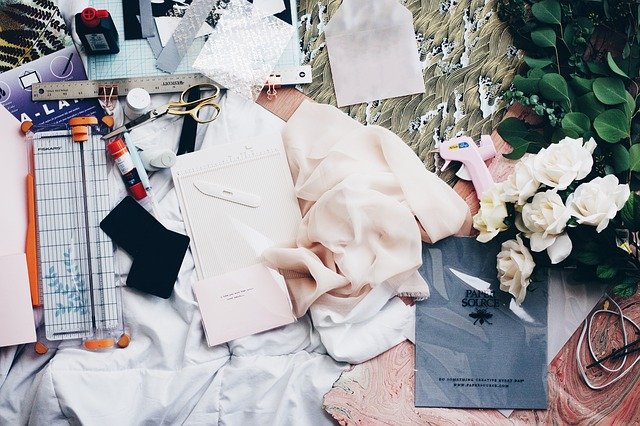A forage cap is a type of hat that was originally worn by army men. It was designed to be lightweight, durable, and easy to pack up. The forage cap is typically made from wool or cotton twill fabric with an olive drab color. In the military, this style of hat has been replaced by newer styles like the boonie and patrol cap.
Nowadays, these hats are most often used in corporate settings as well as sports such as golfing or hunting where it’s important to protect your head from sun damage while keeping your face clear enough to see what you’re doing.
The forage cap is a military style hat that traditionally was worn by soldiers in the Civil War. The uniform hats were often modified, and this practice persists to this day with police officers who modify their uniforms according to local needs or personal preferences.
Forage Caps are easily identifiable because of their typically round shape which can vary in size according to era and country of adoption. They have a soft, turned up rim around the edge known as a ‘curlew’ or ‘Montana peak’. Original designs often included narrow cloth visors to protect soldiers eyes from sunlight however these were usually removed during the 19th century.
The cap was usually held in place by means of a leather strap which went under the chin, sometimes with an additional rear section called an acorn and a strap behind the head to stop it from being blown off by strong winds.
Forage Caps were usually made of wool or cotton and would either have a piece of material sewn into the front called a ‘sweatband’ or be unlined. This would often reflect unit distinctions such as facing colours for infantry regiments.
Forage Cap vs Kefi
The kepi is a tall hat used for ceremonial purposes, but not suitable for field or fatigue use. The shako incorporated the cylindrical design and structure of the shakos but reduced their height to make them more practical in different situations including military wear. As France was one of the dominant military powers at that time, French uniform designs influenced other nations’ like America who adopted their style with great success by adapting it into our own uniforms during wartime periods when hats were necessary on top of headwear as protection against sunburns from exposure while also keeping lice out!
The forage caps were not as smart looking in appearance, but they usually offered more comfort and protection from the elements than kepis. Both sides of conflict used both types of hats: Union forces mainly wore them while Confederate armies mostly wore variations on the traditional kepi hat style.


